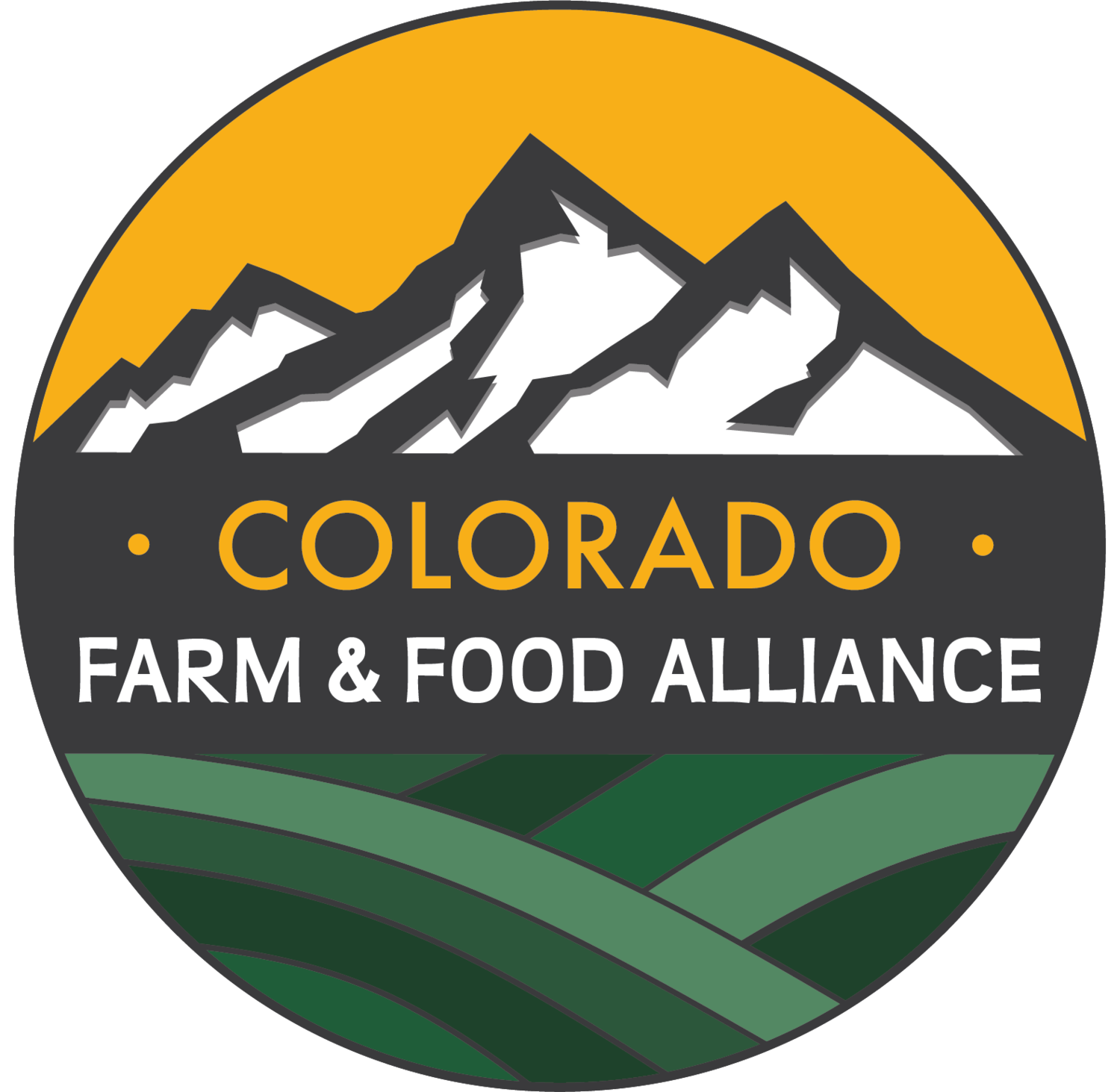Growing Rural Renewables
What are agrivoltaics?
Agrivoltaics are the pairing of solar energy—also known as photovoltaics—and agriculture. Some experts think it offers solutions that can help renewables better integrate with rural livelihoods and might also provide some enhancements for farming as we head into a hotter, drier, less predictable weather future.
As an example, Jack’s Solar Garden, on Colorado’s Front Range, has been a real leader modeling how agrivoltaics, farming and community can support each other. And now, such systems are beginning to sprout on the Western Slope as well.
As the need for fast deployment of renewables impacts rural communities, issues such as siting and who benefits become central concerns.
Smart co-location, including agrivoltaics where it makes sense, is one way to smooth the way for more clean energy to power farms and rural places. Community-solar is another way to ensure that communities are centered in the expansion of renewable energy.
Community-Solar can help put rural people at the center of the clean energy build-out.
Community-solar—think “solar garden”—is a shared solar system that provides a direct benefit from the power production at that facility to a group of community-based members or subscribers. Community-solar can increase energy equity by sharing the benefits of clean energy production and savings among a number of users, and can support the expansion of renewables by putting more members from impacted communities in the driver's seat. It often is used to assist households that otherwise would be unable to afford or obtain individual solar systems in benefiting from the growth of clean energy.
In Delta County, the Colorado Farm & Food Alliance is part of a team of local leaders bringing agrivoltaics together with community-solar in a project at Thistle Whistle Farm on Hanson Mesa, outside the town of Hotchkiss. The Thistle Whistle project got a kick-start last spring when the Colorado Farm & Food Alliance and the team were awarded a stage 1 Community Solar Power Accelerator Prize, sponsored by the National Renewable Energy Laboratory. That competition is still on-going even as the Thistle Whistle project proceeds.
National Community Solar Prize spurs project along.
Project proponents hope the latest submission will unlock the stage 2 funding award this spring, keeping things on track to put a community-owned, farm-integrated energy system into operation before next year. In any case, the National Community Solar Partnership, which helps administer the competition through the Hero X platform, also provides in-depth training, technical assistance, and a supportive cohort that has already moved this project forward.
You can learn more about this project and the inspiration behind it on this episode of Crisis to Comeback, a podcast by Kori Stanton and Citizens for a Healthy Community. She interviews Mark Waltermire, owner of Thistle Whistle Farm and a western Colorado agricultural leader.
To read more about how renewables can integrate with rural communities, check out this guest column by our director that recently ran in the Grand Junction Daily Sentinel: “Renewable energy: Get it right, but get it going”. And watch our blog, our social media, and in other outlets for updates as this and other projects progress.



